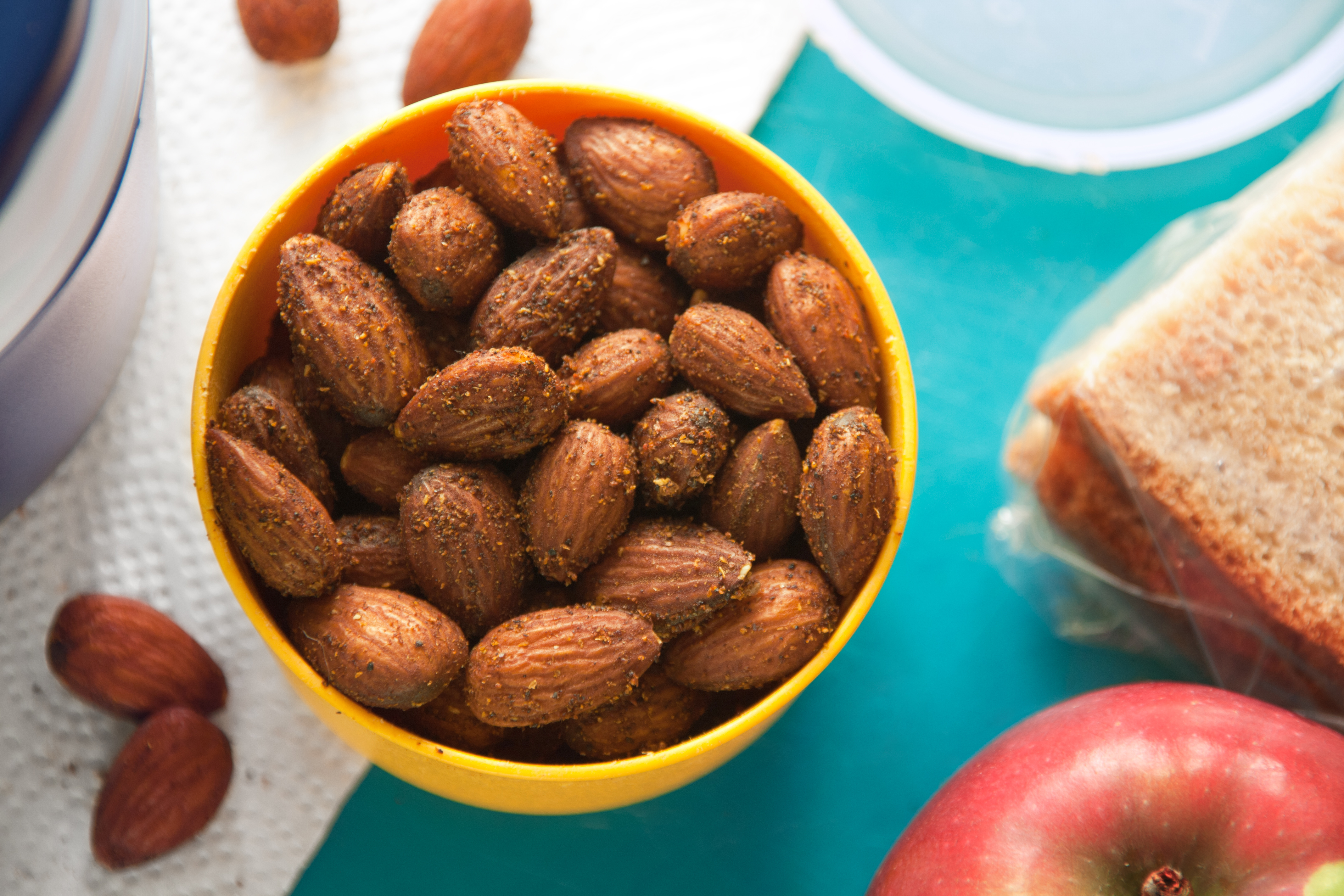Do you know where you’re getting salt in your diet? Sure, you may know when you go for a salty snack, but what about the times when salt sneaks in? Just as a food doesn’t have to taste sweet to contain sugar, a food doesn’t have to taste salty to be salty. It’s easy for us to consume more salt than we realize, especially as most of our sodium intake comes from packaged foods and restaurants, not from the salt shaker. It’s clear that we’re getting more salt than we realize and need strategies to minimize it.

Use New Food Label
The FDA recently made changes to the nutrition facts panel in an effort to better inform consumers of the amount of sodium in packaged foods. The new food label makes the serving size clearer, which is essential for foods that may appear to be low in sodium but aren’t when a realistic portion is considered. The updated food label also highlights the current recommended daily value for sodium (2300mg), which helps consumers understand how a given food fits into their day, as well as how to stay within appropriate guidelines for sodium intake.
Use Guiding Stars
The nutrition facts panel is essential for knowing exactly what’s in packaged and prepared foods. There are tools such as front of pack callouts and statements, as well as supermarket shelf tag guidance like Guiding Stars provides. These shopping tools draw your attention to the nutritional attributes of a food. Think of Guiding Stars as a (very smart!) shopping partner who knows how to highlight the most nutritious and lowest sodium foods for you to make your shopping easier and faster.
Buy Whole Foods
As most of our sodium consumption comes from packaged and prepared foods, it’s clear that to reduce our salt intake, we should choose more whole foods that are either single ingredient or (in the case of produce) don’t include a label at all. While these foods may naturally contain sodium, it is significantly less than is added to processed foods.
Use Fresh Spices & Herbs
A sure way to control your sodium intake is to prepare foods yourself using fresh herbs and spices rather than purchasing prepared foods or using packaged spice blends or marinades. While salt is still an important component to many recipes, fresh herbs and spices bring flavor to even the simplest dishes and allow you to use less salt. Some recipes to try…
- Prepare this salt-free Ras El Hanout (Moroccan spice blend) to bring rich, complex flavors to a variety of dishes.
- Take packaged, salted almonds off your shopping list and make these Spiced Toasted Almonds instead.
- While you’re at it, scratch store bought pita crisps off your list too and give these low sodium, herb pita crisps, a try.
- You won’t miss the salt if you prepare this chicken in fragrant spices the next time you’re grilling.
- Spiced sweet potato fries? Yes please!